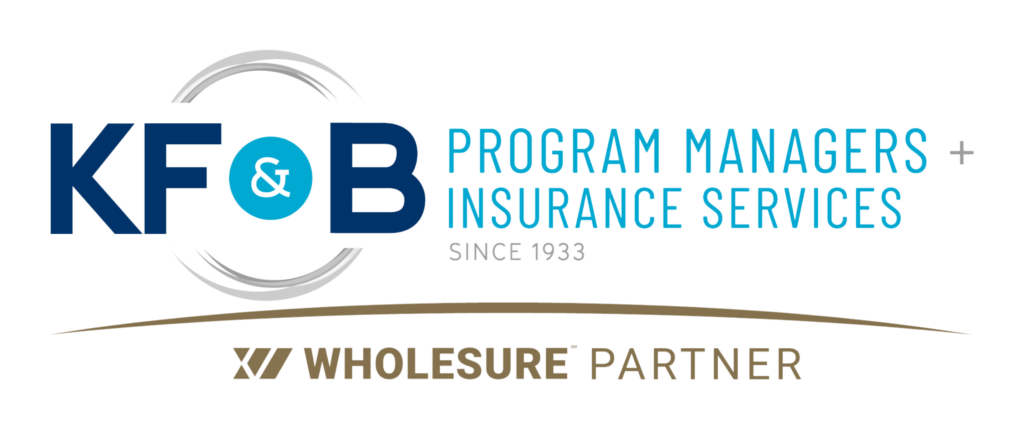Many people might be unaware of the amount of paperwork and record-keeping that goes into the driving profession and transportation industry. In order to maintain the safety of the drivers and passengers, keeping accurate records helps monitor the driving time and habits of each of the drivers. It’s also a legal requirement through the Department of Transportation (DOT) and the Federal Motor Carrier Safety Administration (FMCSA) to keep detailed driving records. Here are a few regulations, requirements, and ways to achieve this.
Rules & Regulations For CMVs
Companies that manage drivers operating passenger-carrying commercial motor vehicles (CMV) must stay current on all of the legal requirements. DOT and FMCSA are continuously updating their regulations to stay on top of technological changes, driving laws, and new ways to keep drivers safe. Those found out of compliance or violating these regulations will be faced with heavy fines and penalties. So it’s vital for employers and drivers to be aware of any new changes to avoid penalization.
The regulations for passenger-carrying commercial motor vehicles are different from the property-carrying CMVs. No motor carrier of passengers can permit any driver to:
- Drive more than 10 hours following 8 consecutive hours off duty
- For any period after having been on duty 15 hours following 8 consecutive hours off duty
No motor carrier of passengers can permit the driver to drive for any period of time after the driver has been on duty for:
- 60 hours in any 7 consecutive days if the carrier does not operate CMVs every day of the week
- 70 hours in any 8 consecutive days if the carrier operates CMVs every day of the week
The complete list of regulations is more exhaustive and includes the rules for off-duty, on-duty, travel time, relief drivers, etc. The DOT/FMCSA complete list can be found here.
Ways To Keep Accurate Records
One of the best and exact ways to maintain comprehensive records is to utilize electronic logging devices (ELD). These devices are meant to keep driving conditions safe and prevent accidents. When the ELD is connected, it’s attached to the engine and automatically keeps track of the drivers’ habits. Most motor carriers are required to use an ELD or a form of recording device.
The device needs to record specific information:
- Date, time, and location
- Number of engine hours
- Number of miles the vehicle has traveled
- The driver’s identification
- The vehicle’s information
- The motor carrier’s details
Using ELD can prevent any human error while record-keeping and minimizes drivers’ liability exceeding their recommended hours. The transportation company must maintain all of the trip records for at least 6 months.
Staying Safe With KF&B
Staying up to date on the ever-changing DOT/FMCSA regulations can be daunting, but it’s a significant part of the industry. These regulations are meant to keep the drivers and passengers safe and to prevent transportation companies from exhibiting unsafe practices. KF&B has years of experience with the passenger-transport industry and is here to help navigate you through any obstacles. Contact us today to stay current with state and federal regulations.




